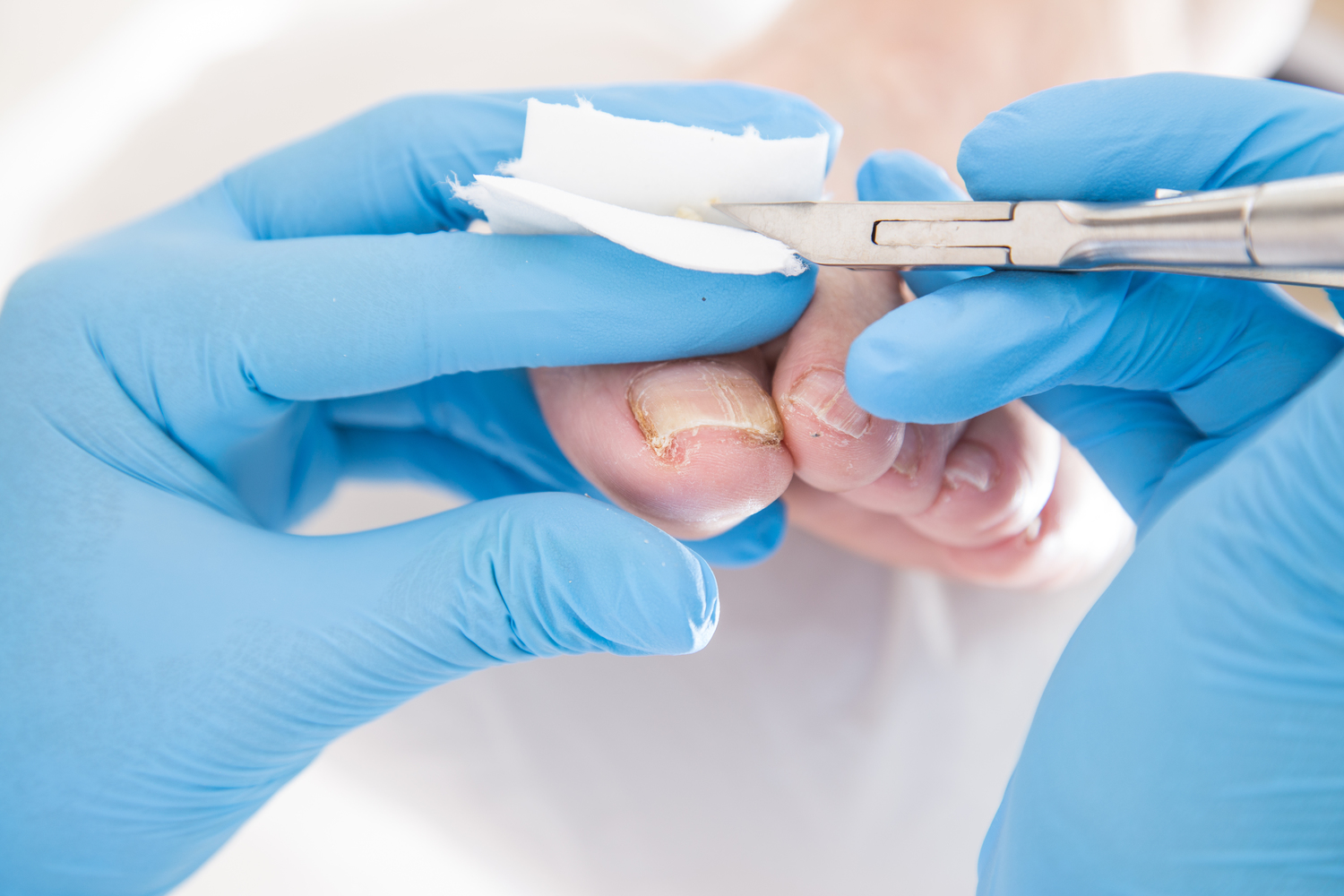All About Toenail Fungus
All about toenail fungus
The human bodies are quite complicated. Sometimes, they may catch the most unconventional infections without our knowledge. There are a certain number of infections that some of us are susceptible to. One such infection is the toenail fungal infection. With the right knowledge about its symptoms, prevention, and treatment, you may stop this problem from bothering you. Here’s some information regarding toenail fungus:
What is toenail fungus?

- Toenail fungus is a type of infection that percolates through the cracks in your nails or may even cut through the skin.
- It causes the toenail to get thicker and may even change its appearance.
- If our toes remain damp and warm, they will provide a conducive environment for the fungus to grow properly, leading to a fungal infection or aggravating one that’s already present.
- This infection may be caused by the varying species of fungi or even by yeast.
What are some common symptoms that indicate toenail fungus?
- The infected nails usually appear to be thicker as compared to the normal size of the nail bed.
- These nails also look yellowish and become brittle.
- In some cases, toenail fungal infection may be characterized by a small white dot on the nails, which may keep growing in size.
- During the buildup of the fungus inside the nails, the loosening and separation of the nail from the bed may also occur.
Watch out for these symptoms and consult your doctor immediately before the symptoms start to spread in nearby areas of the toes.
Which demographic is the most prone to being affected by toenail fungus?
- Studies show that men are more prone to getting a toenail fungal infection as compared to women.
- Age plays a factor too. Older people are more susceptible to suffering from a toenail fungal infection.
- People who have injured their toenails or spend a considerable amount of time under water are at a higher risk of getting this infection.
- Diabetics and people with athlete’s feet have a higher chance of contracting this infection.
How is toenail fungus diagnosed?
- A toenail fungal infection may appear similar to psoriasis. Hence, a diagnosis is necessary to rule out the condition.
- You would need to visit a dermatologist or a podiatrist who may recognize this condition.
- A certain part of the infected toenail may need to be scraped out in order to send it for a laboratory test if the symptoms are not clear enough initially.
Are there any medicines that can be applied to get rid of toenail fungus?
- There are over-the-counter medications available in the form of liquids, creams, and solutions, which may be applied to get rid of this infection.
- Some examples of common topical antifungals are Terbinafine and Clotrimazole.
- Itraconazole (Sporanox) is an effective antifungal pill that may help cure the infection.
- You may also use Ciclopirox, which is an antifungal nail lacquer and may be applied externally.
- Apart from the above, the doctor, in certain circumstances, may suggest a laser treatment to remove the infected skin.
Are there any home remedies that may be used to get rid of toenail fungus?
Yes, there are home remedies that may be used to treat toenail fungus. These include the application of the following:
- Snakeroot extract
- Vicks® VapoRub™
- Oregano oil
- Olive leaf extract
- Ozonized oil
- Vinegar
- Garlic
- Listerine
You may also change your diet and nourish your body with nutrients such as proteins, iron, fatty acids, vitamin D, and calcium to avoid the buildup of fungus.
What measures should you take to avoid the occurrence of toenail fungus in the future?
- You should clean your feet and pat them dry, especially before wearing your shoes.
- While cutting your nails, cut them straight across so that the nail does not reach beyond the bed, hence leaving no space for fungal growth.
- Spraying your shoes with antifungal spray and wearing shower shoes in public places may also prove to be beneficial.


